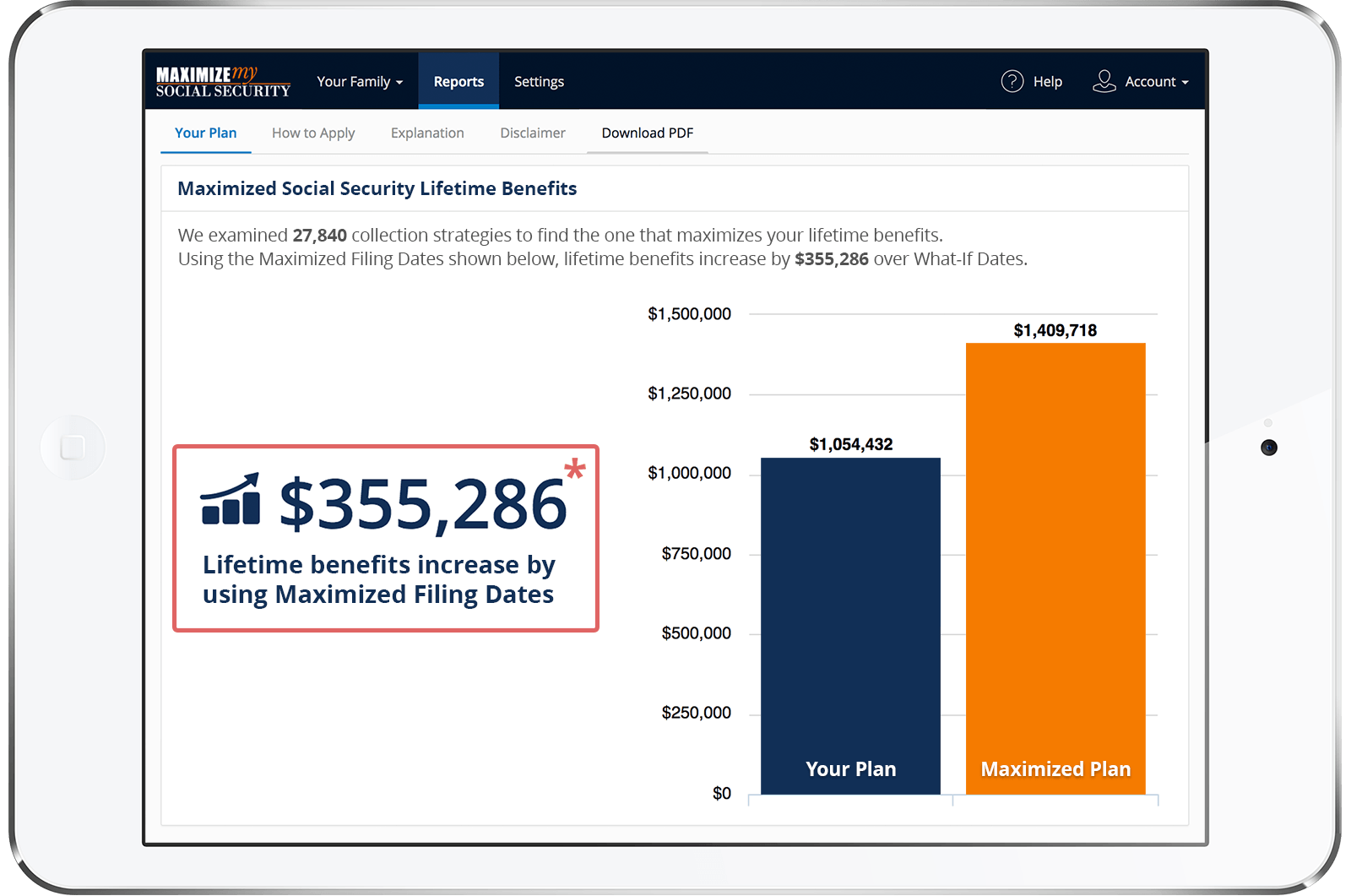I've done a bunch of searching online and can't seem to find an answer to this question. I've read that you take the highest 35 years of earnings that go into the AIME number that is then applied to the bend point formula to get to your PIA at age 62. Then after age 62 the PIA is adjusted just by COLA just like other people receiving benefits. Then after the PIA is COLA adjusted you add the percent changes based of when you file for benefits (either being positive or negative changes) depending on when you claim relative to full retirement age. I've also read that if you have earned income that falls within your highest 35 years of earnings occurring after age 62 that would change your AIME that could change your PIA. I have not been able to find anything that explains how the PIA would be determined if say at age 63 and 64 I have income that fell within my highest 35 years. Would those two incomes that were received at age 63 and 64 change the AIME that goes into the age 62 PIA formula? You then also apply the COLA adjustment to the now different PIA at age 62? Or would the PIA at age 63 and 64 only be the COLA adjusted amount relative to what was determined at age 62 and the extra income wouldn't matter?
Hi. Yes, earnings in the year that a person turns 63 and 64, and earnings in any other year for that matter, can be included in their top 35 earnings years and be used to calculate their Social Security retirement benefit rate. A person's primary insurance amount (PIA), which can first be accurately calculated effective with the year in which they reach age 62, is the amount that they would receive if they start drawing their Social Security retirement benefits effective with the month they reach full retirement age (FRA).
Social Security retirement benefit rates are based on an average of a person's highest 35 years of Social Security covered wage-indexed earnings. Indexing converts a person's historical annual earnings to amounts more reflective of current day dollars. For example, a person born in 1959 who earned $20,000 in 1991 would have those 1991 earnings indexed to an amount close to $50,000 when calculating their Social Security retirement benefit rate.
The reason that a person's PIA for retirement benefits can't be calculated until the year they reach age 62 is because their past yearly earnings need to be indexed based on the average wage index (AWI) in the year they turn age 60. And, those AWI amounts aren't available until shortly before the year that a person reaches age 62. Thus, PIAs and benefit rates for people reaching age 62 after 2021 can only be estimated at the present time.
The base PIA calculated when a person turns age 62 can be recalculated after any subsequent year in which they earn more than they did in one of their previous highest 35 years of wage-indexed earnings. And, all Social Security cost of living (COLA) increases that occur after a person reaches age 62 are added to their base PIA, regardless of whether or not the person has started drawing benefits..
Best, Jerry
